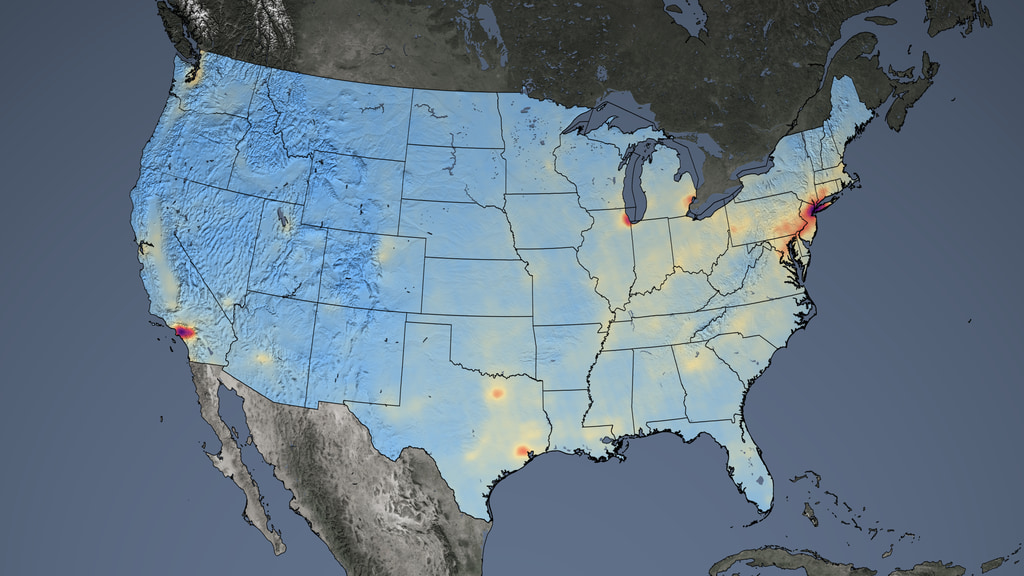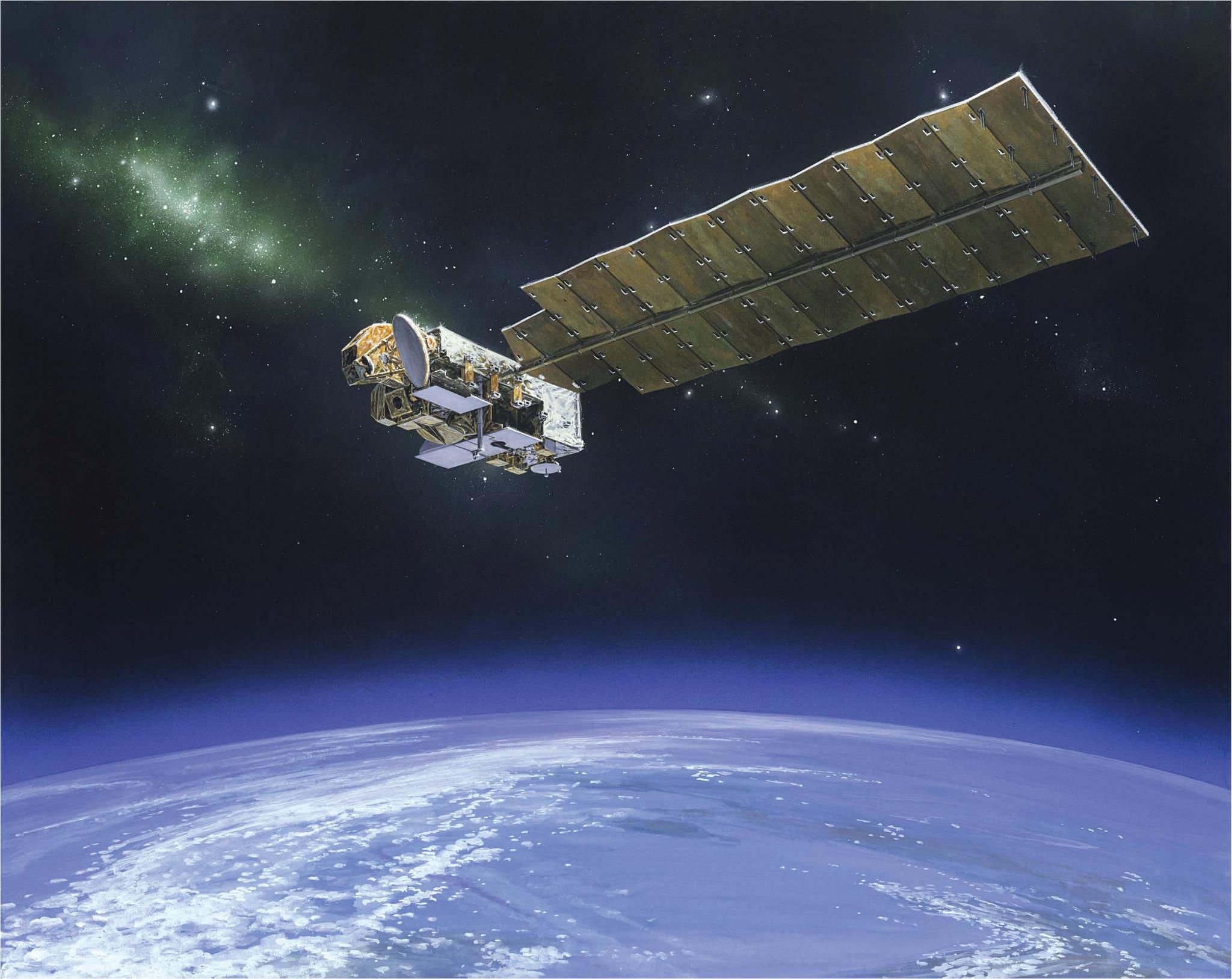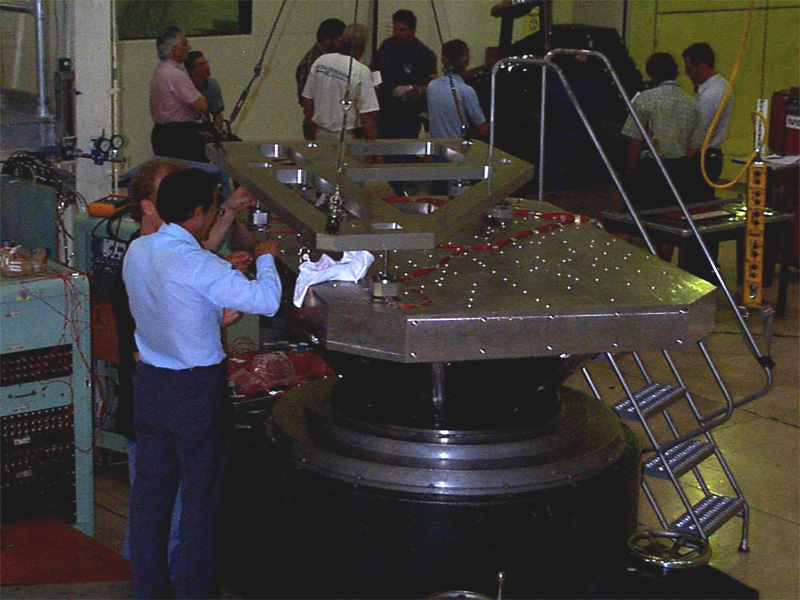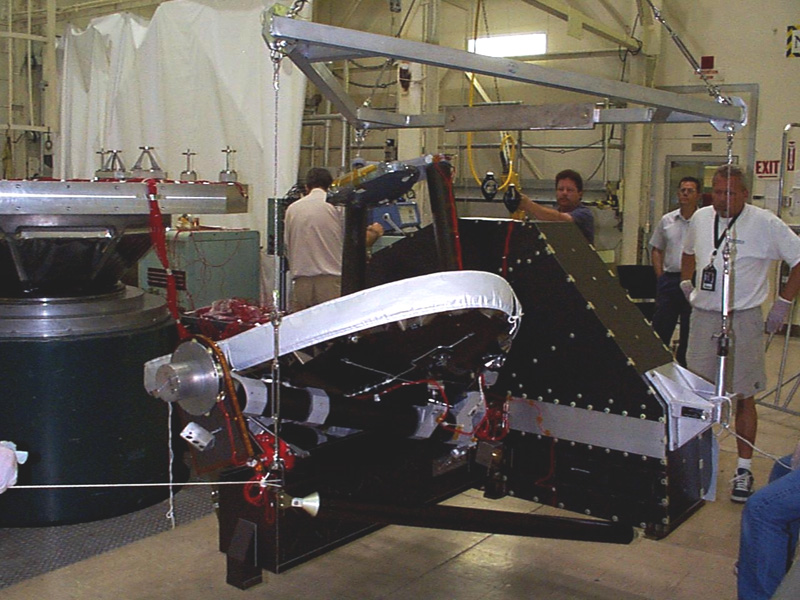Aura's Microwave Limb Sounder (MLS) instrument uses microwave emission to measure stratospheric temperature and upper tropospheric constituents. MLS also has unique capability to measure upper tropospheric water vapor in the presence of tropical cirrus, and the cirrus ice content. These measurements are valuable for diagnosing the potential for severe loss of Arctic ozone when abundances of stratospheric chlorine will still be high, and slight cooling of the stratosphere could exacerbate ozone loss due to chlorine chemistry.
MLS is providing the first global measurements of hydroxide, hydroperoxyl and bromine monoxide, constituents that play an important role in stratospheric chemistry. MLS is unique in its ability to provide these measurements in the presence of tropical cirrus, where important processes affecting climate variability occur. MLS also provides unique measurements of cirrus ice content.
The simultaneous MLS measurements of upper tropospheric water vapor, ice content, and temperature, under all conditions and with good vertical resolution, will be of great value for improving our understanding of processes affecting the distribution of atmospheric water, climate variability, and tropospheric-stratospheric exchange. The simultaneous measurements of carbon monoxide and nitrous oxide enhance the value of this data set by helping identify source regions of the air masses being observed.
MLS helps improve understanding and assessment of:
Ozone Depletion
MLS measures the vertical profiles of ozone and many chemical species that affect it. It is providing the first global measurements of stratospheric and mesospheric OH and HO2, the key chemicals in hydrogen chemistry that destroys ozone.

Climate Change
The primary MLS measurements for helping understand climate change are water vapor and cloud ice in the upper troposphere. Feedbacks associated with water vapor in the upper troposphere, depending upon the process, can either amplify or attenuate the effects of other greenhouse gases. Measurements of upper tropospheric cloud ice provide new information on these processes, especially deep convection.

Air Quality
MLS observations of upper tropospheric ozone and carbon monoxide provide important new information for global air quality research. Ozone in the troposphere is a pollutant of major global concern, and CO is an excellent tracer of pollution transport. Deep convection and other processes can deposit polluted boundary layer air into the upper troposphere where faster winds transport it over long distances. As a result, the upper troposphere, where MLS makes measurements plays a significant role in the intercontinental transport of polluted air.

































